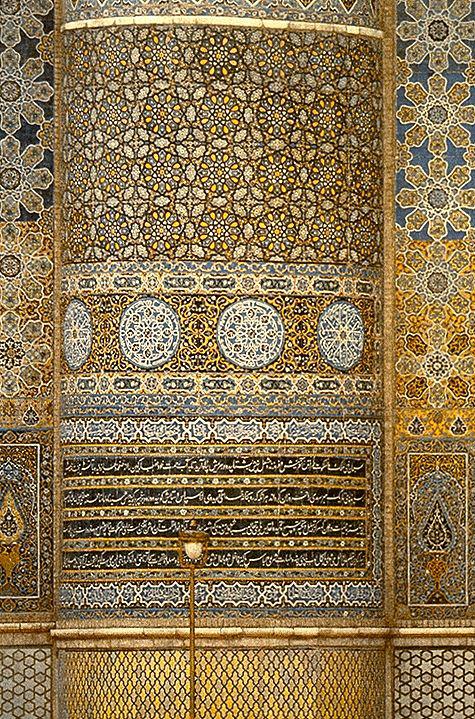 Tesselations are integral to much Islamic and Arabic architecture. Walls, floors, and other surfaces are often covered by intricate designs that expand in every direction off into infinity. Patterns often look impressive from far away but it is in the repition and detail that one can admire from up close that makes such architecture truly stunning.  Different colored stones are used to achieve different optical effects. Architects and designers play with negative and positive areas to create different images and illusions.  Islamic and Arabic art relies heavily on geometry and the incorporation of circles. The circle helps to generate patterns, applying the principles of repetition, symmetry and change of scale, artists use these patterns to create a wide variety of effects.  Such design has had an incredible influence on
Western art and design. One can trace back into M.C.
Escher's past and discover that Arabic architecture helped push his
art in new directions and that the tesselations within such art had a
profound influence on the fusion of art and math in his later
work.
Such design has had an incredible influence on
Western art and design. One can trace back into M.C.
Escher's past and discover that Arabic architecture helped push his
art in new directions and that the tesselations within such art had a
profound influence on the fusion of art and math in his later
work.Critics cite his 1921 and subsequent 1936 visit to the Alhambra Palace in Granada, Spain as being of particular importance. On the left, one can only see a small portion of the tesselations and symmetry that cover the Palace. For some more pictures of the gorgeous Alhambra Palace, click here. To learn about the history behind the beauty, click here. |
Page author: Alex Timbers